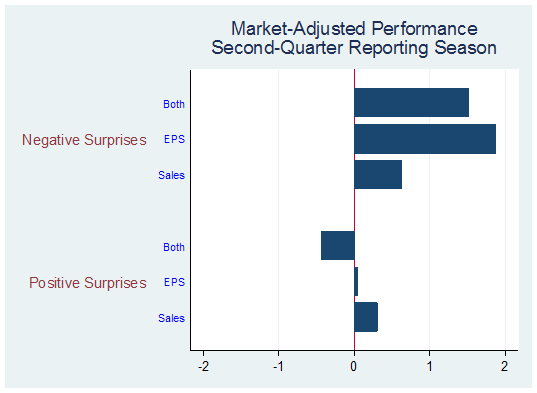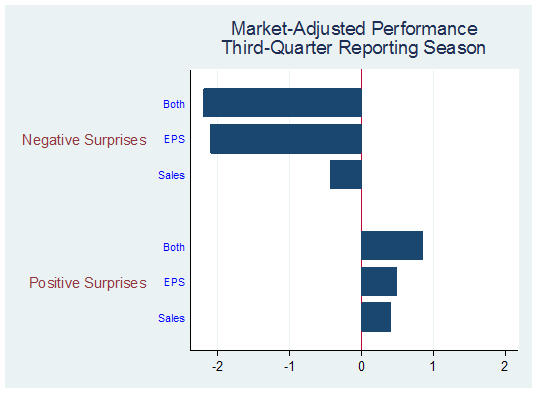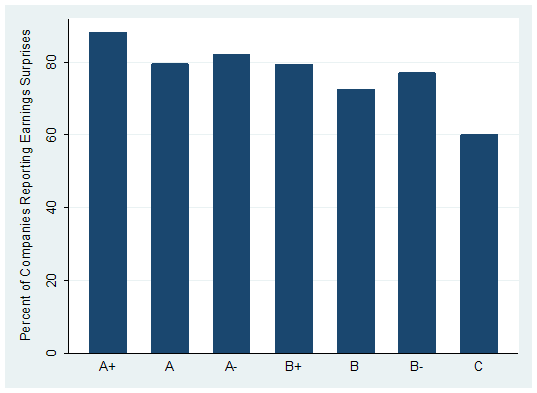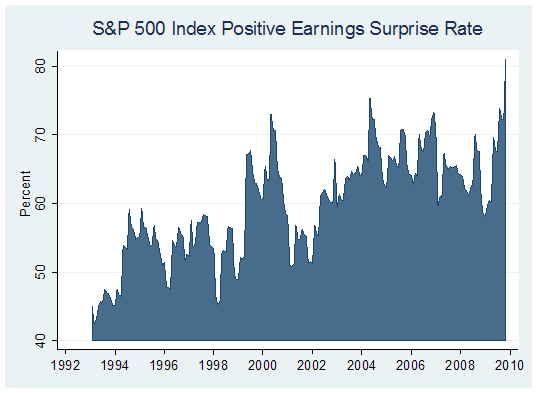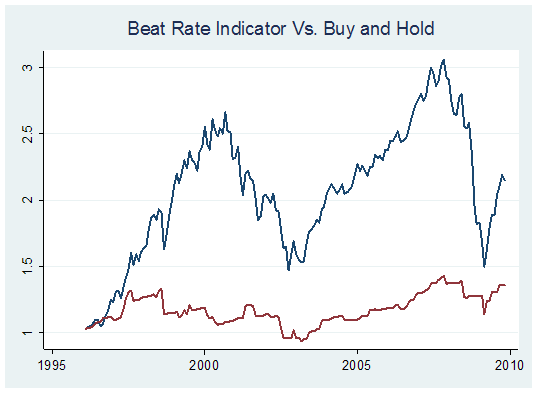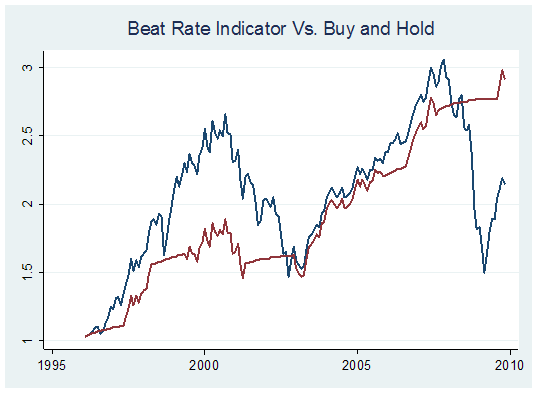More Gloom And Doom From Our French Friends.Click here for a link to ORIGINAL
article:By
Public Announcement Geab N°39, November 16, 2009 — 19 November 2009GEAB N°39: Global systemic crisis! States faced with three brutal options in 2010(!): inflation, high taxation or default! - [ Normxxx Here: Note: These are the same people who absolutely declared— with no uncertainty or caveats— that the US dollar and UK pound would be toast by end of summer 2009! They are notorious Francophiles and Anglophobes (the latter to include Americans). But, it is an alternative view, and they are very often correct. ]
|
As 'anticipated' by LEAP/E2020 last February [[not quite! : normxxx]], in the absence of major reappraisal of the international monetary order, the world is now entering the phase of geopolitical dislocation of the global systemic crisis. In 2010, as protectionism and the economic and social depression gain momentum, a large number of States will be compelled to choose between three brutal options:
inflation, high taxation or defaulting on their debt.
A growing number of countries (USA, United Kingdom, Euroland1, Japan, China2,…) have exhausted their budgetary and monetary 'cartridges' in the 2008/2009 financial crisis and are now left with no other alternative. [[But, never underestimate the power of the human mind (especially those of politicians) to come up with yet "newer" solutions… and just 'muddle through'.: normxxx]]Nevertheless, out of ideological reflex or in an attempt to avoid by any means having to make such painful choices, they will continue to try to launch further 'new' stimulus plans (under different names) even though it is now clear that the huge public effort made in the past months to boost the economy is having no impact on the private sector.
[[I suspect that that is a gross exaggeration. Much less than hoped for, certainly; but way more than in similar periods since 1933 (when FDR ushered in a whirlwind of programs, which nonetheless was puny by today's standards).: normxxx]] Indeed the consumer-as-we-knew-him in the past decades is dead, with no hope of resurrection3.Knowing that nearly 30 percent of Western countries' economies are now made of « economic zombies » (financial institutions, companies and even entire States, whose signs of life are only due to the occasional liquidity injections of the central banks), it is possible to confirm the inevitability of the
"impossible recovery"4. Internationally and socially (i.e., within each country), the
« everyman for himself » rule is beginning to prevail, as well as the general impoverishment of the erstwhile
"First World" of rich Western countries, with the United States leading the way.
In fact the West is being [[deliberately[!?!]: normxxx]] scuttled by leaders unable to face the reality of a 'post-crisis world', who keep resorting to methods from yesterday's world [[in a near desperate attempt to at least maintain "relative position" in a post-crisis world: normxxx]] despite the proved insufficiency/ineffectiveness of such methods.In this 39th issue of the GEAB, our team has therefore chosen to focus our anticipations/expectations[!?!] on general developments ahead in 2010, a year when key states will see their choices restricted to three brutal options: inflation, high taxation or default, which they will struggle in vain to escape. Knowing that one of the reasons why 'stimulus plans' are doomed to fail is that the consumer-as-we-knew-him in the past thirty years is dead
[[but, as Mark Twain so famously remarked, "the rumors of my demise have been greatly exaggerated," I believe that the wake in progress for the 'consumer' may yet prove premature.: normxxx]], we analyze this phenomenon in this issue of the GEAB, as well as fallout for companies, and for the marketing and advertizing businesses. In the field of geopolitics, we present a number of LEAP/E2020 anticipations regarding Turkey by 2015 with regards to both NATO and the EU.
Of course, we also present our usual monthly recommendations, as well as the results of the last GlobalEurometre survey.Evolution of German federal budget (1991— 2010) (estimates in 2009 and 2010 do not include Angela Merkel's recently announced tax cut plan)— Source: Financial Times / Thomson Reuters, 11/02/2009But Yesterday's Recipes Have No Effect On The Global Systemic CrisisThe only chance for the states to escape the three brutal options noted above would be that either consumption resumes [[in a big way: normxxx]] or the private sector starts investing again. But in the absence of one or the other major positive dynamic, States will have no other alternative in 2010 than to raise taxes to match their huge public deficits, let inflation soar to diminish the relative weight of their debt, and/or 'file for bankruptcy'.
Some of these countries (the US, UK, Ireland, Argentina, Latvia, or even Spain, Turkey, Dubai or Japan) could be confronting two, or even all three, options at the same time.Trends regarding consumption and investment are extremely negative. The consumer is now 'incited' to save money, pay back his debt and, more generally, reject (willingly or not) the 'Western model of consumption' of the past thirty years
5 due to which growth, in the US and UK in particular, became nearly entirely dependent on him
6.
Meanwhile, companies, due to their lack of foreward visibility (to be positive) or to actual negative forecasts, are cutting back on investment, a situation only made worse by new and more onerous banking credit restrictions [[as the banks desperately try to hold on to/build on to their remaining stock of capital: normxxx]]7.Public investment also is reaching limits: it will be impossible to significantly extend or renew previous stimulus plans without excessively increasing public deficits and then being faced, at the end of 2010, with at least two of the three brutal options8. The states are indeed exposed to increasing pressure (general public, supervisory bodies, private investors)
9 to balance their bad, i.e.,
dangerous, budgets.
In other words, public investment in 2010/2011 is doomed to shrink rapidly."Foreign demand" is completely saturated: everyone wants to export in order to find abroad that greedy consumer or investing company that is no longer to be found at home. The great myth being that Asia, and China in particular, will provide for this
« new Western-style consumer ». Besides the fact that many will be called but few will be chosen among non-Chinese or non-Asian to enjoy the region's market, it would be an underestimation of the systemic nature of the global crisis to imagine that this 'new' consumer will be as greedy as the now moribund Western consumer.
The luxury industry and its current woes in Asia clearly illustrate this situation.Comparative Evolution Of UK GDP During Each Recession Since The 1930s Crisis (In Months, From Official Start Of Each Recession)— SOURCE— National Institute Of Economic Review, 10/2009 So what's left?« Zombie-Economy » Now Accounts For A Considerable Part Of The Global Economy.Central banks continue to supply financial markets with liquidity, hoping that at some point their huge quantitative effort will result in some qualitative surge in the real economy. In the US and UK particularly, as they continue to pretend that the crisis does not reflect a general problem of insolvency (of banks, consumers, public organizations and companies), they
"wait for Godot" and create the conditions for soaring inflation, and collapsing currencies and public money. States unflinchingly continue to bear the consequences of banks' mistakes, while still slavishly following their bankers' advice.
Thus they have built up a debt of at first unreasonable and then intolerable proportions, and now they are on the verge of drastically cutting public spending10 and significantly increasing taxes in an attempt to avoid bankruptcy11.« Economic zombies »12, private and public ones, now account for a large part of Western and Chinese economies: objectively defaulting states (like the UK or US) which no one dares technically declare as such; bankrupt companies still allowed to run for fear of increasing unemployment otherwise
13; insolvent banks
14 whose accounting rules are modified to hide the worthlessness of their assets, to postpone their inevitable implosion
15. Financial markets are going up thanks to liquidity graciously offered by central banks
16 eager to give back to the consumer/grant-holder a felling of wealth in the hope that he will start being himself again and consume, when in fact all categories of assets
17, such as gold for instance, are also going up (even faster in most cases), clearly indicating that inflation has in fact returned.
Unemployed people are piling up by the dozens of millions in and out of official figures, suggesting that 2010 will be a tough year socially-speaking, placed under the sign of protectionism to save jobs by any means (i.e., by tariffs, environmental or sanitary barriers, or by simple competitive devaluations of currencies), while governments wonder how much longer they can take the global cost of so much unemployment when no recovery is in sight18. [[While over all looms the specter of the '30s: gross overcapacity of manufacturing facilities worldwide, but especially in China.: normxxx]]Evolution of unemployment rate in the Euroland and in the US (1991— 2009)— Sources: Eurostat, Bureau of Labour statistics, Morgan StanleyLEAP/E2020 wrote in February and March 2009 that, if the international monetary system was not completely reconsidered before summer 2009, the world would inevitably move towards a situation of global geopolitical dislocation, some sort of a worldwide
"very great depression", centered on the collapse of yesterday's world's pillar, the US. That's where we are now
19.
[[They also wrote that the US dollar and the UK pound would be 'toast' by then.: normxxx]] Even 'adjusted' figures20 can no longer hide the level of deterioration of the global economic and social situation nor the descent to hell of the US economy and society.This reality is becoming clearer and will be obvious to everyone by the beginning of the second quarter of 2010. In this GEAB N°39, as every month, our team tries to anticipate the main trends so that everyone, personally or professionally, can get ready for a difficult year in 2010,
a year when yesterday's recipes will prove their insufficiency in curbing the global systemic crisis._________________________________
NOTES:1Among these key countries, only Angela Merkel's Germany can still do it, and it will: indeed, the German chancellor has decided to launch a new stimulus plan based on … tax cuts. It is difficult to be more ideological and disconnected from the reality of the crisis! Germany must therefore now expect a substantial deterioration of its fiscal situation by the end of 2010… as well as significant tax increases to alleviate the fiscal debacle.
According to our team, today's ideological blindness of Western leaders in tax matters is equal to that of communist leaders in the early months of 1989: no understanding whatsoever of the fact that past recipes no longer work. Just like the
"good communist subject" was no longer willing to obey passively, the
« good Western consumer » is no longer willing to consume actively. But no one ever said that Angela Merkel, Nicolas Sarkozy, or Barack Obama understood anything of the economy.
2China can still afford a stimulus plan, but the Chinese problem, as already analyzed by LEAP/E2020, is the time needed for a sufficient domestic demand to emerge and make up for collapsed exports. In this case, no stimulus plan in the world can
« buy » this missing time, this decade, that the Chinese need in order to develop a significant domestic demand. In 2010, once the smoke-screen generated by artificially stimulated production will be dissipated, everyone will see that this production was
not sold… for lack of buyers.
3This
video-clip perfectly illustrates, with a lot of humour, the radical change in consumer ways currently taking place in the US.
4See GEAB N°37
5We shall develop this analysis in another chapter of this GEAB N°39.
6In 2008, household consumption accounted for
70 percent of US GDP and
64 percent of UK GDP, versus
56 percent of German GDP and
36 percent of Chinese GDP.
7Sources: MarketWatch, 11/09/2009; IrishTimes, 10/27/2009
8According to LEAP/E2020, the bitter irony of the situation lies in the fact states currently refusing to face the perspective of the three brutal options which would enable them to make their way at best amidst the three options, condemn themselves to suffer at least two of them at the same time by the end of 2010.
"Taking a step back for a worst jump" so to speak.
9Because it is so unpopular, the
« second » US stimulus plan
[[under the current administration, but : normxxx]] in fact the third, if we take into consideration G. W. Bush's tax cut plan in 2008), is being prepared in an
"undetectable" form. It will consist of a disparate set of measures that the Obama administration will avoid presenting as a single, coherent, unique 'plan' in order to conceal its true nature. In the same category, we also find the French government's
« big national loan » which Nicolas Sarkozy pretends to be a long-term investment, but which Brussels will add to the French debt as a simple short-term economic stimulus plan. From 'overt' inefficient policies to 'hidden' inefficient policies… what a victory over the crisis! Sources: TheKatyCapsule, 10/22/2009
10The OECD is clear on that: to get over it, Western countries will have to proceed to drastic cuts in education, health, social programmes… Ireland, ultimate model for the same OECD, EU or IMF two years ago, is about to lead the dance: the first in its frenzy of ultra-liberal consumption, it will also be the first in applying ultra-liberal austerity. No wonder then that large demonstrations have started filling streets of the country's big cities. Sources: FinancialTimes, 09/22/2009; RTE News, 06/11/2009
[[But so far, lowly Iceland, a country about as given to 'socialistic' forms of social support as Ireland, and surely in far worse straits just a few short months ago, seems to be doing great since it snubbed the EU proscriptions for 'recovery!': normxxx]]11Sources: EUObserver, 11/10/2009
12It is worth reading the detailed definition of a
« zombie economy » as proposed by PA Consulting Group on 11/10/2009.
13Walking around North-American and European cities is a good way to realize that, though many brands are still shining to attract buyers, they are in fact the deceptive appearances of bankrupt companies kept artificially alive by means of public money or uncertain restructuring, as in the case of CIT, GM, Chrysler, Saab, Opel, Karstad, Quelle, Iberia, Alitalia, … Superficially, things would appear to be moving along normally, but in fact a disease is striking deeper and deeper into the corporate fabric, filling it with true 'zombies'. In China, the zombies are made of all those factories kept running, not thanks to customers, but to state handouts. All those
« economic living deads » are the result of the gradual injection into the real economy of the USD 20,000 to 30,000 billions in 'ghost-assets', previously described in the GEAB.
14Source: Bloomberg, 11/02/2009
15The expression
« zombie bank » even has its definition in Wikipedia.
16Source: Financial Times, 10/22/2009
17Except real estate.
18Knowing that each job created roughly costs USD 324,000 (according to White House figures), one may indeed wonder how much longer such inefficient policies can continue. Source:
Global Economic Trend Analysis, 10/31/2009
19Those who still doubt that the current crisis is provoking a major time acceleration should read
this article by Michael Klare published in TomDispatch on 10/26/2009, showing how US decline forecasts by 2025 as analyzed one year ago by the CIA are in most case
already coming true… right under our noses.
20Even CNBC now mentions the fact,
one extensively described in the previous GEABs. Source: CNBC, 11/09/2009
Lundi 16 Novembre 2009ߧ
Normxxx ______________
The contents of any third-party letters/reports above do not necessarily reflect the opinions or viewpoint of normxxx. They are provided for informational/educational purposes only.
The content of any message or post by normxxx anywhere on this site is not to be construed as constituting market or investment advice. Such is intended for educational purposes only. Individuals should always consult with their own advisors for specific investment advice.




